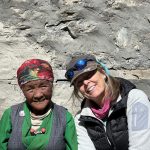Rowaling Legacy Project – 1971-2021 (2023)
The 1971 ecophilosophic anti-expedition to Tseringma (7034 m) was like no other mountaineering expedition. Critical of the nationalistic, victory-driven offensive on Himalayan mountains, many of which are sacred to the local Buddhist Sherpa culture, three Norwegians, Sigmund Kvaloy Setreng, Nils Faarlund and Arne Naess set out to pursue another path. They would engage in local culture, travel in a nature-friendly manner, in keeping with the Norse way of climbing for the joy of discovering and not for attacking the summits. Theirs would be a protest against the pressure on the free nature and local culture, both of which were feeling significant consequences from army-like expeditions. The above passage is a revised description by Nils Faarlund, the surviving member of the 1971 anti-expedition. What an inspirational story this is. More significantly, what relevance this 1971 story has 50+ years later.
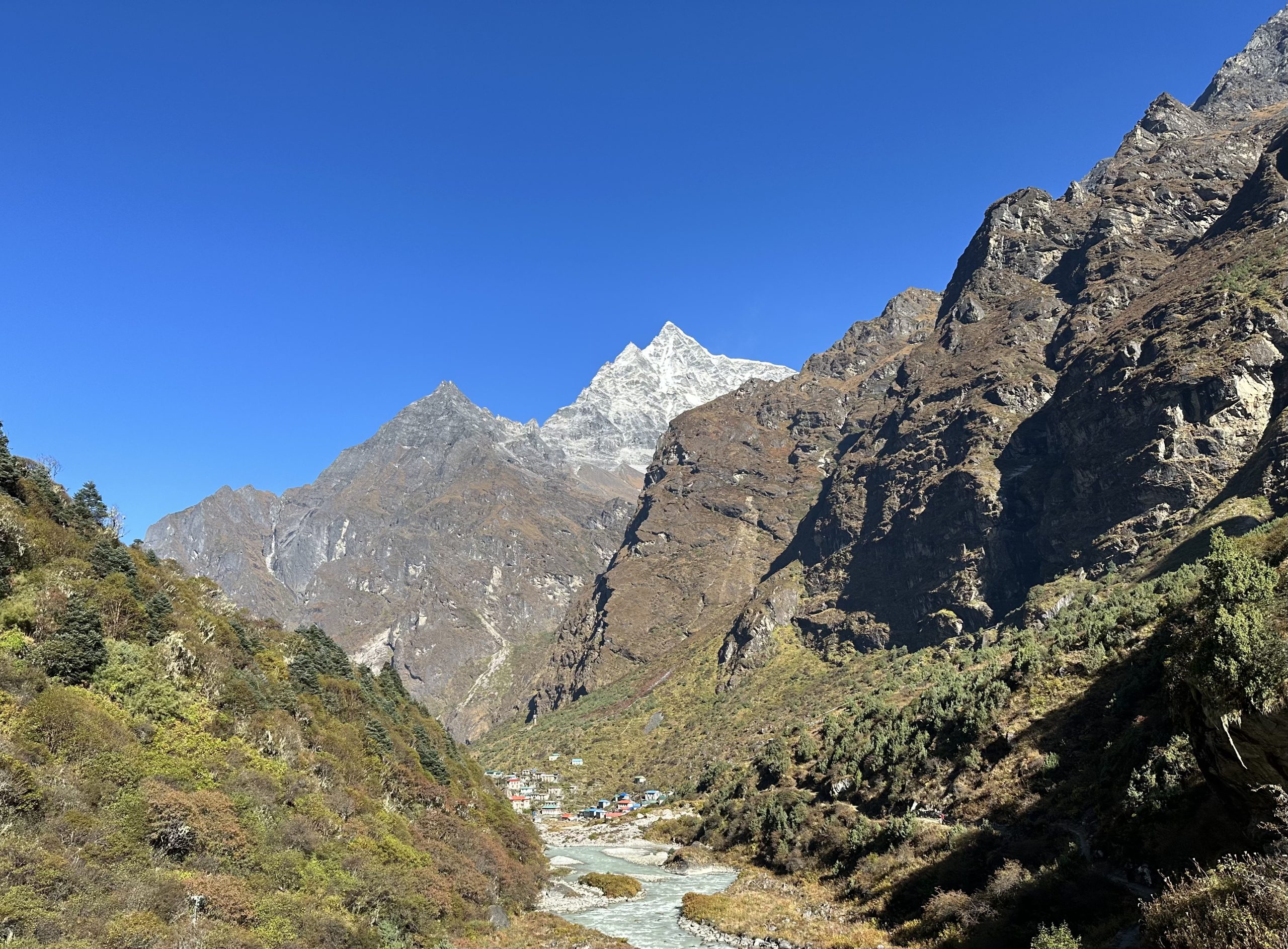
In 2023, with friends/international travellers (all well regarded in their related fields) in many ways cut from the same cloth as the 1971 team, we revisited the 1971 anti-expedition story in the Rolwaling Valley with three primary intentions. One, to re-establish the Anti Expedition 1971 important messages towards traveling “well” in foreign lands. One could say, What arrogance! Who were they? Who are we to say what it is to “travel well”? But against a backdrop of today’s culturally insensitive, ego-driven travel, and over tourism, there is a need to broaden the conversation about what it means to travel. There are three pillars to the 1971 and our 2023 meaningful journey. They are; 1) honouring local traditions, 2) place responsive pedagogy/learning, 3) inspire more ethically grounded travel
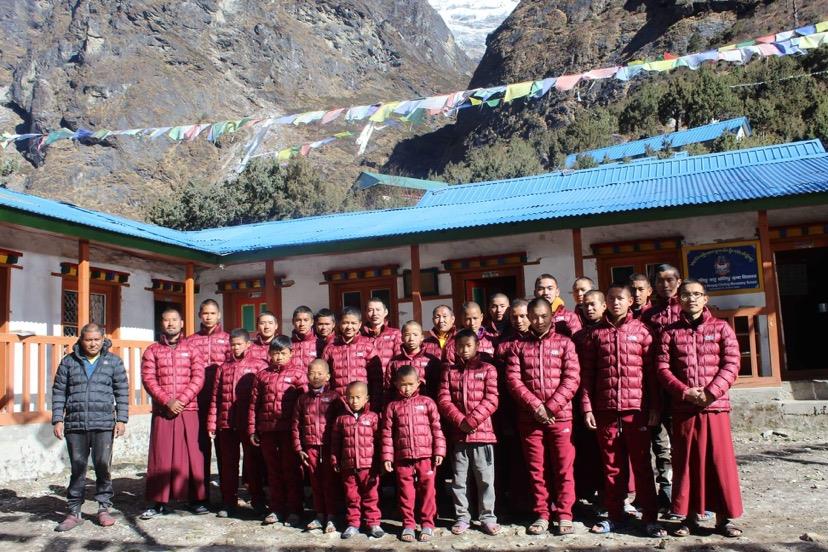
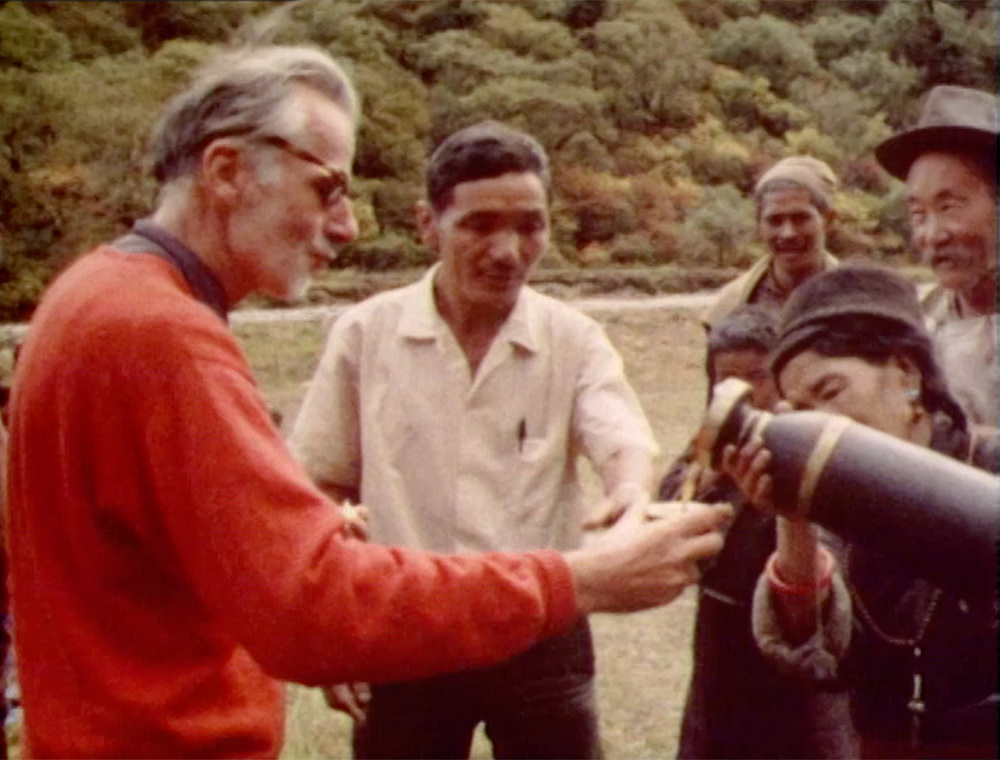
The primary objective was to return the 1971 film to the local community of Beding and be a part of what unfolds more than 50+ years later. This proved to be a wonderful celebratory event.
Another intention was to interact with the Rinpoche (Spiritual Leader), teachers and students of the Rolwaling Sangag Choling Monastery School. The school is special in that the curriculum includes Buddhist teaching and rituals in combination with the required Nepalese National curriculum. Given the global pandemic, in lieu of travelling to Beding in 2021, our immediate purpose was altered to provide support for this community. We arranged for Canadian funding of 10K for five years starting in 2021. Funds have been funnelled through Afretech Aid SocietyAs of 2024 there are two years remaining for funding support.
Over past years, this funding has been used to repair a damaged water supply system into the school and for badly needed school addition to the kitchen and dining room. With further funding over the next two years we hope to help by funding the Rinpoche’s vision for a Rolwaling Museum. This will encourage travellers to stay longer and learn more of the Valleys rich history, geography and spiritual landmarks. We aare seeking funding partners in this regard.
Today, we could say the three Norwegian ecophilosophy-minded mountaineers sought out an ethically grounded, place-responsive learning approach to Himalyan travel in the Scandinavian friluftsliv tradition. Most simply put, they wanted to NOT climb a sacred mountain, Tseringma or Gauri Shankar in Hindu, and in so doing, honour local traditions and wishes of the Rolwaling Sherpa people who they so admired.
In 1971, Tseringma, as a sacred mountain among a Beyul region (sacred hidden lands), had not been summited despite much pressure by application of climbing expedition groups from Western countries. (It was eventually summited in 1981 by an Australian group.) It is important to highlight that the “anti” of their journey was an opposition to climbing and summiting sacred mountains and the general ambivalence to local cultures and traditions. They were not opposed to climbing and summiting mountains in general, but felt that the experience had evolved to an assault on mountains and host communities.
The people of Beding, under the towering Tseringma, welcomed the three Norwegians, who spent many weeks learning sustainable living practices and seasonal rituals of this “life necessities”–living in equilibrium–society. When they did ascend the mountain, it was with the good wishes of the communities spiritual leaders with a roughly selected advisement to only go to a certain height. The climbing was, of course, challenging, but it was joyously noted, that the “airy heights” can be so easily celebrated when the physical and psychological burden of attaining the dangerous summit environment is not the goal. They were accompanied by two local young men from the region in the spirit of sharing both climbing techniques and local practices of being in the mountains.
They’d hoped their experience would serve as exemplary of another more nature and culturally friendly, less obtrusive way to approach the Himilayan mountaineering experience. Equally importantly to them, they hoped their actions–or lack of certain actions–would preserve the sanctity of Tseringma as were the wishes of the Sherpa peoples in the Rolwaling Valley. For mountaineering generally, they hoped to instill a spirit of good manners back into the noble mountaineering tradition to which they had been a part and would continue to be a part both in Norway and abroad. Sigmund Kvaloy Setrend would return to the Beding region many times. He was eventually honoured with the status of Lama. Each of the three in their own way worked tirelessly back home in environmental advocacy issues and promoting an ecophilosophic vision to curb the destructive forces of the “industrial growth complex.”
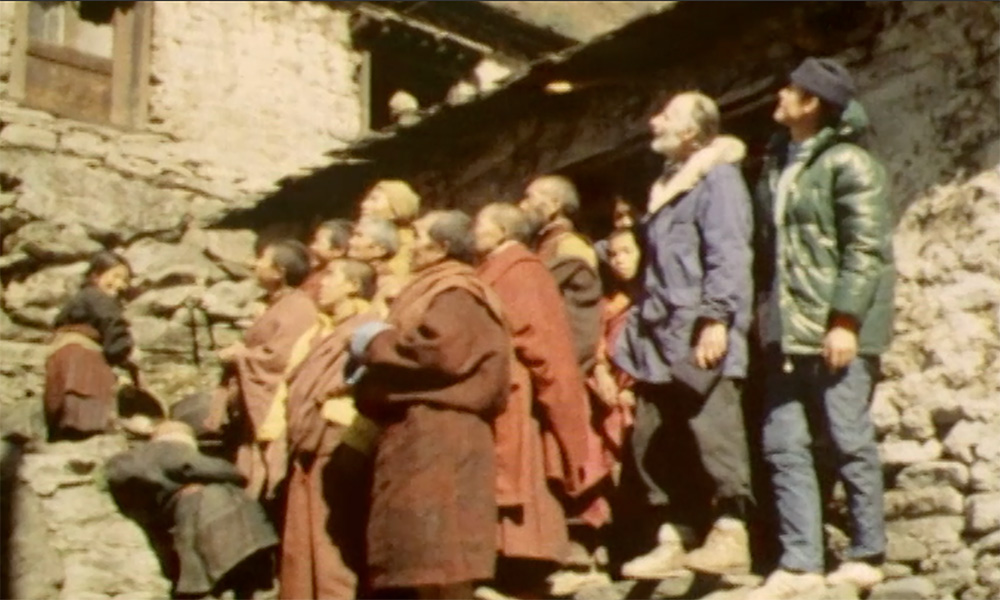
Arne Naess and Nils Faarlund getting guidance from the community of Beding Spiritual Leaders as to how high Tseringma should be climbed.
Nils Faarlund would return to Norway to further develop and cement his role as a leader in Norwegian mountaineering and the friluftsliv outdoor life (outdoor education) traditions. The Norwegian School of Mountaineering he had started in 1967 has been an influence locally and abroad for fifty years.
Arne Naess, within a year of returning, would coin the term “deep ecology” at the Third World Future Research Conference in Bucharest in 1972. He would become a world renown philosophical voice for addressing our continued ecological crisis with a deeper questioning of cultural norms.
All three men would acknowledge their time spent with the Sherpa people and Tibetan Buddhism as major influences in shaping their worldview. Each have shaped the lives of colleagues and the public for decades as advocates for cultural change towards our ecologically imperative.
A television documentary was made from the footage taken by Sigmund and shown on Norwegian television. The film was subsequently used to tell the Tseringma 1971 story in lectures and seminars in the 70s. The anti-expedition message remained notable for some years but the weight of summiting expeditions and disregard for sacred places in Nepal and the world deadened its lasting impact. I think it can be said that the film and the story slowly drifted into obscurity in a global context but not within the Norwegian mountaineering community.
I stumbled onto the anti-expedition story in a university library. Pursuing a rare Arne Naess english article in the early 1980’s, I found in the same journal, North American Review (Summer, 1974), the Sigmund Kvaloy paper, “Ecophilosophy and Ecopolitics: Thinking and Acting in Response to the Threat of Ecocatastrophe.”
This single essay has, for my lifetime, influenced my practices as a traveller and educator and continues to challenge myself and many others to work against the grain of much of conventional cultural thought and practice. Culture moves! We do this with the slow emerging cultural understanding of a developing ecological-as-social-consciousness.
For over thirty years, I have studied the careers of these three men, starting with journal articles in the late 1970’s. In the year 2000, I first had the opportunity to meet Sigmund Kvaløy Setrend and Nils Faarlund at a Norwegian hosted international gathering bent on preserving the Scandinavian friluftsliv traditions from the perils of the international leisure growth complex (to use the language translation at that time). At that gathering, Sigmund shared the 1971 film and story of the anti-expedition. Since this first meeting, I have collaborated in edited book projects and theme issues of professional journals with both men and reconnected at conferences, including a 2019 interview with Nils at his family home in rural Norway. (Arne passed away in 2009 and was not involved in the 2000 gathering.)

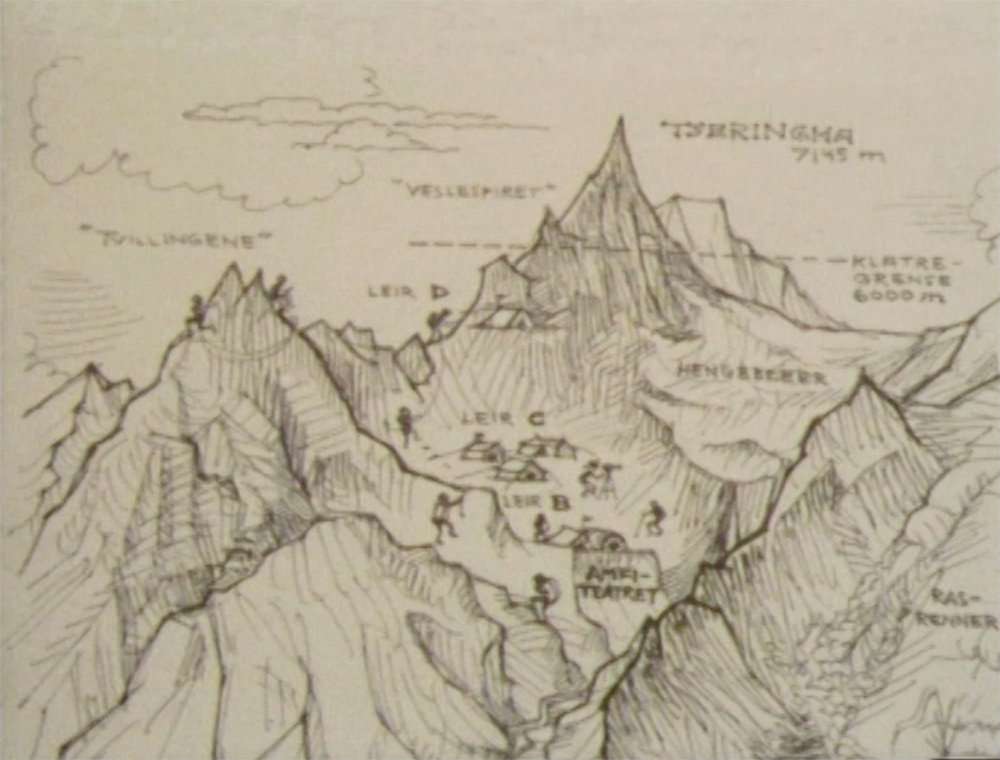
In 2015, with Norwegian colleague Aage Jensen, we released a tribute book celebrating the writing and art of Sigmund, who had passed away in 2014. In 2018, I shared the 1971, 55 minute anti-expedition story and film at the interdisciplinary Thinking Mountains conference in Banff, Alberta. Given today’s well-publicized summit-seeking pressures to the mountain habitat and pressures of the all-too-many-would-be-mountaineers resulting in shifting local community and life practices and dead bodies of Nepalese guides, porters and paying client climbers–not to mention tons of garbage–left behind on the mountain, the message of the 1971 anti-expedition story is vitally relevant today.
Nar Bdr Lama Jigme, Nepalese guide and friend who first suggested the 1971 film be returned to the Beding community back in 2018 shared this with me:
“Because the idea they had then is right and wise to its core, and the negative impacts of environment, loss of local culture and tradition is at its worst phase, it has so much relevance.”
Sustainable development and sustainable ecotourism have advanced as subjects of cultural inquiry and initiatives in ways that point to the Tseringma pilgrimage of 1971 being ahead of its time. This statement strikes me as an understatement of profound proportions. The messages from these ecophilosophers, travellers and mountaineers lay a foundational example of “good manners” centrally attending to place responsive, ethically grounded practice is an exceedingly relevant story for our times today in the Himalaya and beyond to our home communities.
People will always travel. National Geographic reported that 1.4 billion people travelled in 2019. Mountains will always be climbed to the summit. The messages of 1971 were clear: we shouldn’t be travelling without sensitivity to local societies and we need to honour local traditions and sacred places. We returned to the Rolwaling Valley and the Beding and Na communities so revered by the 1971 Norwegian travellers. We returned the 1971 film to the Valley communities. We travelled under the imagined watchful eye of the 1971 anti-expedition and with the full support of the Rinpoche and Geshe Thubten Jinpa (Chairman of the Rolwaling Valley Development Committee).
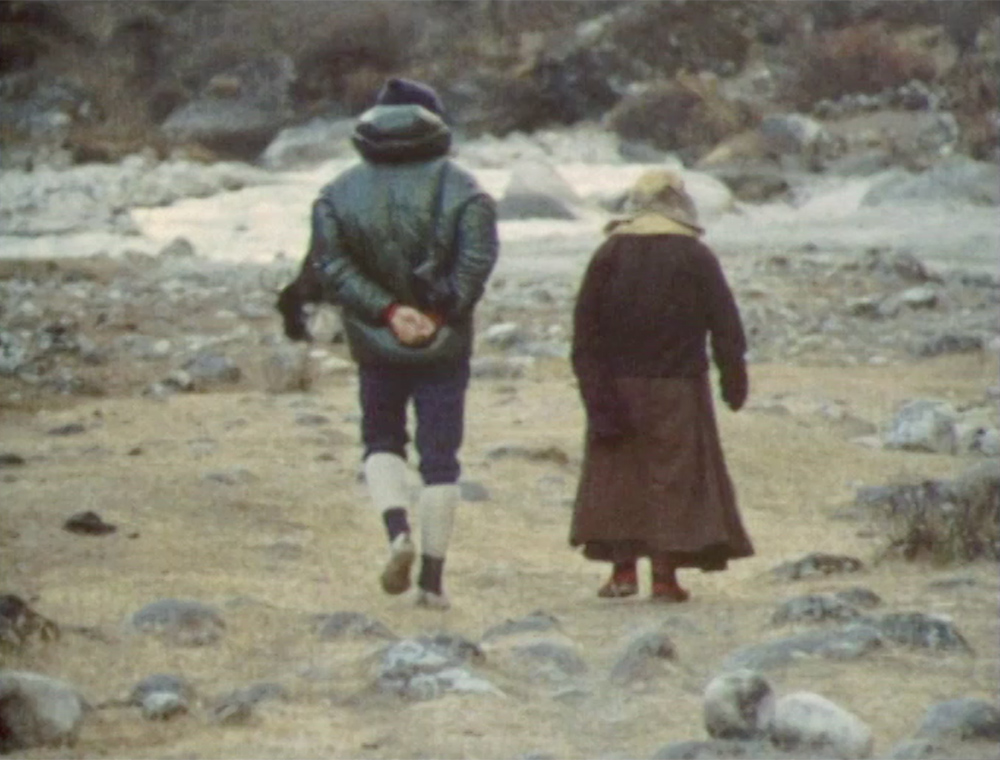
We believe we offered an exemplary model of a place responsive, slow adventure, culturally immersive manner of travel. We acknowledge that travel influences hosts, visitors and ecosystems. In advancing this intentional manner of travel, we aspire and believe we did travel with the overarching goal of fusing locally-situated practices and traditions with international travellers/tourists understanding of meaningful journeys. We have sought meaningful interaction for all, before, during and after our visit. In short, all parties (host and visitors) must be learners and together determine what is to be learned. To that end, we travelled with a place-responsive strategy of a slow purposeful adventure respectful of our hosts in the valley.
We walked to Beding and beyond to the environmentally sensitive (thanks to climate change) Tsho Rolpa Lake region with time to engage with people in meaningful ways and explore cultural landmarks. We documented on film this pursuit of a virtuous journey. Following the threads and footsteps of 1971, we ask, with good intentions, can a journey to a distant, sensitive land, be a positive thing for all? Can we reclaim the term, “a virtuous journey?”
We are blending the 2023 film footage and experiences with the 1971 film and experiences. While the 1971 anti-expedition was over six weeks in length, involving ample time in Beding along with the climb into the heights (about 6000 m) of Tseringma and a post climbing trek over the Tesi Lapcha Pass to the important villages of Thame and Kumjung, our journey was more in keeping with the conventional ways of Himilayan trekking tourism. We were five weeks in Nepal, mostly in the Beding and Na communities and with trekking time within the Rolwaling Valley.
We hope to promote a message of alternative ways to the “rush” travel tourism of trekking in the Himalaya and elsewhere, drawing on the inspiration of the 1971 anti-expedition of Sigmund Kvaloy Setrung, Nils Faarlund and Arne Naess. Additionally, in keeping with 1971 journey, we will continue our relationship in support of The Rolwaling Monastery School and the community at large.
See Article in Adventure Uncovered On line Journal, September 2021 issue entitled:
Participants
Elena Jean
(Documentary Film Maker)
Mike Beedell
(Photographer)
Frances Garrett
(Buddhist Studies scholar)
Nar Bahadur Lama (Jigme Consultant)
(Tourism Entrepreneur and Rural Development Professional/Travel Guide)
Nurbu Lama
(Sherpa Trekking Guide)
Torbjørn Ydegaard
(Author, Educator)
Margot Peck
(Educator/Social Media)
Bob Henderson
(Educator/Trip Coordinator)


